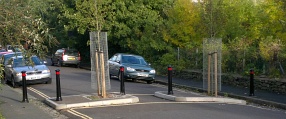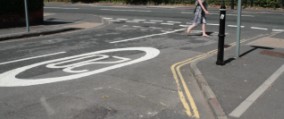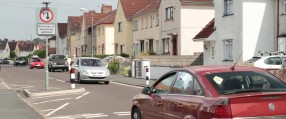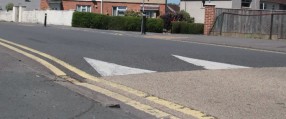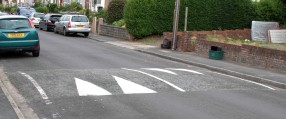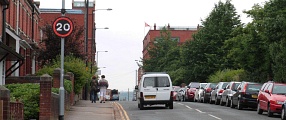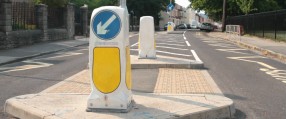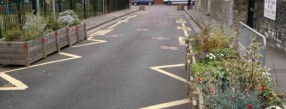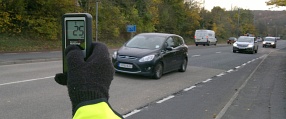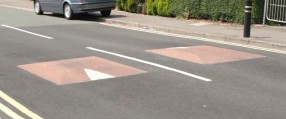One Way Street
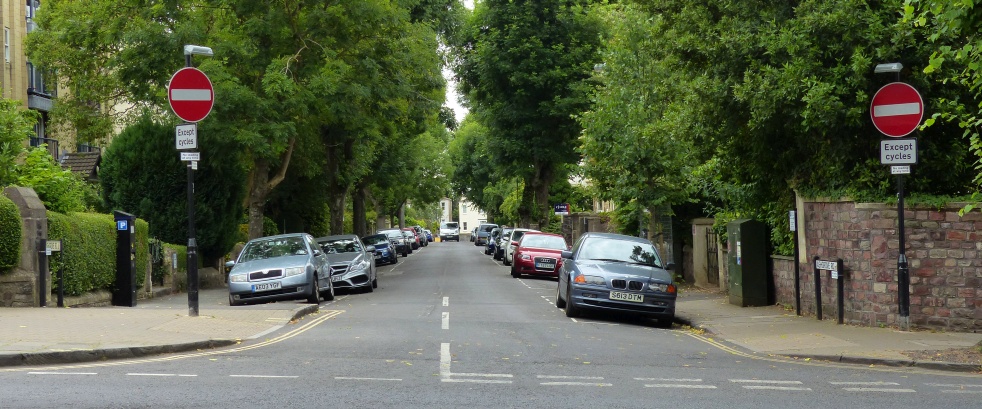
A one way street only allows vehicles to move in one direction down the road. ‘No-entry’ signs are used to prevent vehicles travelling the wrong way along the road, and sometimes road junctions are redesigned to make it difficult to turn against the flow of traffic. For traffic travelling in the correct direction, arrow signs are used to show it is a one way street.
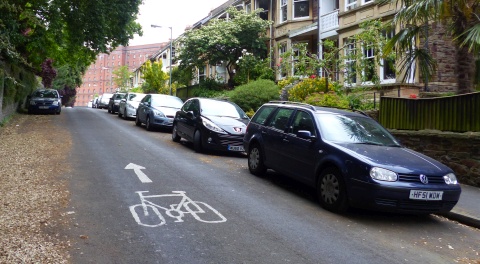
Disadvantages
- Likely to increase vehicle speeds
- Motor vehicles and emergency vehicles may need to travel greater distance to get to their destination
Considerations
For some roads, they will be too important to the City’s transport network to allow them to become a one way street
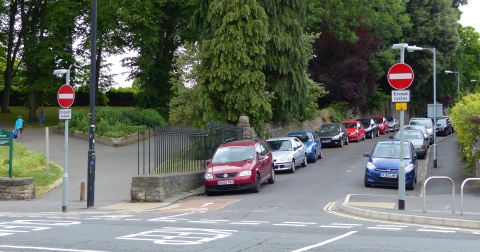
Advantages
- Can prevent vehicles using the road as a short cut / rat run
- Can create more road space for car and cycle parking
- Can help traffic to move more freely
Effectiveness
If a road is currently a narrow two way street where motor vehicles need to slow down to pass each other, changing the road to a one way street will increase vehicle speeds. Vehicle drivers may also be tempted to drive faster because they do not expect any oncoming vehicles.
If motor vehicles speeds increase, this will reduce how safe the road is.
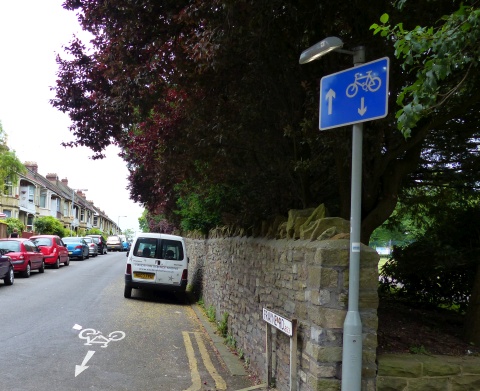
Restrictions
- Only usually used on local residential roads, where an alternative major route is available
There's also some general restrictions to note for all schemes
One Way Exceptions
Many one way streets in Bristol have an exception for bicycles, this is also known as a cycle contraflow. This keeps the city accessible to cyclists, who may find journeys longer and more difficult with an increasing number of one way streets.
Advanced information
There’s only one poor quality piece of research about one way streets, which suggested they are no more or less safe than a two way street. The study was based on a stratified sample of national data, rather than a high quality before / after study methodology with controls. This study has limited use in establishing if any given street would be any more or less safe if it is one way or two way.
References
Summersgill, I. & Layfield, R. (1996) Non-junction accidents on urban single-carriageway roads (TRL183). Transport Research Laboratory. Crowthorne, UK.
